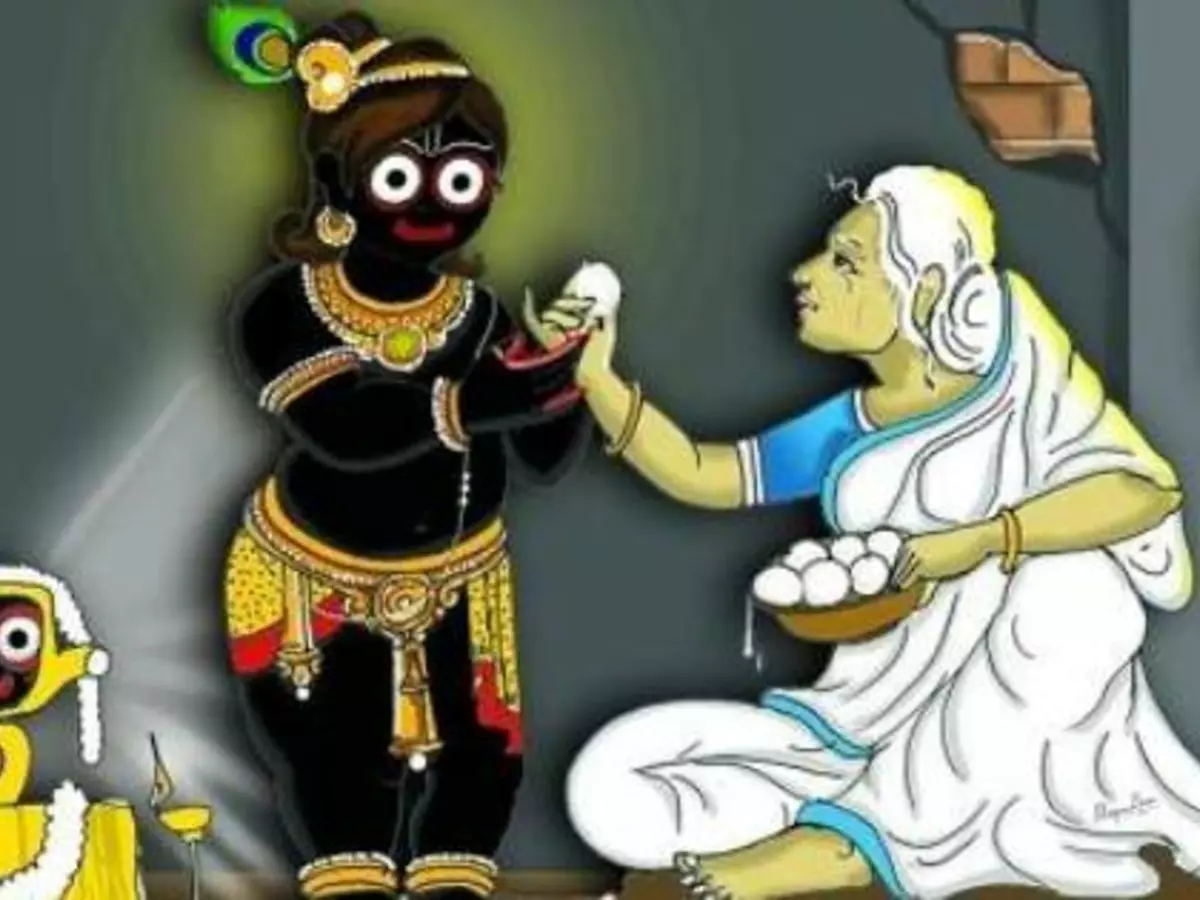The Rasgulla Battle Continues As West Bengal Is Dead Set On Not Losing It To Odisha
The iconic rasgulla finds itself at the centre of a bitter debate as to where it originated from with Odisha seeking a Geographical Indication GI tag for it. Most food historians in West Bengal believe it was invented in Calcutta in 1868 by iconic confectioner Nobin Chandra Das. The debate gains momentum now at the time of the closing of the festival Nabakalebara soul transformation of the holy trinity Rath Yatra.

UPDATE: In response to Bhubaneshwars claims and efforts to own the idea of the Rasgulla, Kolkata has filed an application for Geographical Indication, substantiated with a book stating the indigenous history of the iconic sweet. Its savoury origins can be traced back to the time of Sri Chaitanyadeb who introduced chhana, a type of sweet and spongy paneer which is used to make Rasgulla.

blendwithspices.com
Chhana was introduced to Puri, according to a Bengali food historian, but it was never offered to the gods as it was made of leftover milk. The sweet offered to the deities in the Jagannath Temple, which Odisha claims to be the rasgulla, was called 'kheer mohana' (picture below). However the Bengalis contest that claim stating that kheer mohana is not made with chhana so it cannot be one and the same.

dadus.co
As of now, both states have not been able to settle their differences over ownership of the sweet and the state of West Bengal has set up their own team of researchers and experts to protect it at any cost.
[Facebook and Card image from amareshdas.tumblr.com]
BHUBANESWAR: The iconic rasgulla finds itself at the centre of a bitter debate as to where it originated from, with Odisha seeking a Geographical Indication (GI) tag for it.
Most food historians in West Bengal believe it was invented in Calcutta in 1868 by iconic confectioner Nobin Chandra Das, whose son later founded the famous sweetmeat chain K C Das.

wikimapia.org
The debate gains momentum now at the time of the closing of the festival, Nabakalebara (soul transformation of the holy trinity) Rath Yatra in Puri, with Surya Narayan Rath Sharma ¡ª a researcher associated with Jagannath Temple ¡ª claiming that the rasgulla originated in Puri and is offered to the gods every year.

BCCL
Laxmidhar Pujapanda, PRO of the temple, says: "Rasgulla has been part of Rath Yatra rituals ever since the Jagannath temple came into existence in the 12th century."
According to legend, Lord Jagannath on Niladri Bije offered rasgullas to appease his consort Laxmi, who was upset after he went on the nine-day Rath Yatra without her consent and locked the Jai Vijay Dwar, a gate of the temple.

pragativadi.com
This week, more than 15 quintals of rasgulla were offered to Laxmi as part of Niladri Bije, a ceremony that marks the end of the chariot festival.
However, Animikh Roy, great-great-grandson of Nobin Das, says, "As Odisha has taken the step to get GI status for rasgulla, we're also going forward to protect the identity of rasgulla, which people for 150 years have identified with Bengal."

K.C Das
Roy, along with historian Haripada Bhowmik, has prepared a report to be sent to West Bengal chief minister Mamata Banerjee. The report says: "Lord Jagannath can never be associated to chhana-based (cottage cheese) offerings... Historically speaking, the origin of the word 'chhana' comes from the Sanskrit word 'chinna' which means a torn, broken and fragmented milk product, clearly an indication of spoilt milk. Hence it was considered a blasphemy to offer sweets or anything made of 'chhana' to gods."
It added that rasgulla is not even mentioned in the Chhappan Bhog of Jagannath temple.

BCCL
Laxmidhar Pujapanda refused to accept this argument. He said, "No one can deny the offering of rasgulla on Niladri Bije began along with the establishment of the temple about 900 years ago. This is written in Niladri Mahoday, an age-old scripture. It is true that rasgulla is not mentioned in the Chhappan Bhog, but no one can ignore Niladri Bije rituals."
